Table of content
Cao Tou, also known as clover sprouts or grass pea shoots, is a leafy green vegetable widely celebrated in Asian cuisine for its delicate texture, mild earthy flavor, and impressive nutritional profile. Though often overlooked in Western kitchens, this humble ingredient holds immense potential when prepared correctly. Stir-frying Cao Tou is a quick, versatile cooking method that preserves its vibrant color, crispness, and nutrients while infusing it with aromatic seasonings. This article delves into the nuances of preparing Cao Tou to perfection, exploring ingredient selection, prepping techniques, stir-frying mastery, and creative variations to elevate this dish from ordinary to extraordinary.
Understanding Cao Tou: A Brief Introduction
Before diving into cooking techniques, it’s essential to appreciate what makes Cao Tou unique. Native to East Asia, this vegetable belongs to the legume family and is harvested young, resulting in tender stems and leaves. Its flavor is subtly sweet with a faint grassy undertone, making it an ideal canvas for bold seasonings. Nutritionally, Cao Tou is rich in vitamins A, C, and K, along with iron and fiber, offering a low-calorie yet nutrient-dense addition to meals.
When selecting Cao Tou, look for bunches with bright green leaves, crisp stems, and no signs of wilting. Freshness is key, as older sprouts may turn bitter or lose their texture during cooking. If unavailable fresh, frozen Cao Tou can serve as a substitute, though it requires slightly different handling to avoid sogginess.
Essential Ingredients and Tools
To achieve stir-fry perfection, gather the following ingredients and equipment:
Ingredients
- Cao Tou (1 pound/450 grams): Rinsed thoroughly and patted dry.
- Aromatics: Fresh garlic (3–4 cloves, minced), ginger (1-inch piece, grated), or shallots (2 tablespoons, thinly sliced).
- Protein (Optional): Tofu, shrimp, or sliced chicken breast (8–10 ounces) for a heartier dish.
- Flavor Enhancers: Oyster sauce (1 tablespoon), soy sauce (1 teaspoon), sesame oil (½ teaspoon), and a pinch of sugar.
- Aromatic Oil: Peanut or vegetable oil (2 tablespoons) for high-heat cooking.
- Garnishes: Toasted sesame seeds, red pepper flakes, or chopped cilantro for finishing.
Tools
- Wok or Large Skillet: A carbon-steel wok is ideal for even heat distribution, but a heavy-bottomed stainless-steel skillet works well too.
- Sharp Knife and Cutting Board: For precise chopping of aromatics and protein.
- Tongs or Spatula: To toss ingredients gently without bruising the Cao Tou.
- Bowl for Prepping: Marinate protein separately to streamline cooking.
Preparation: The Foundation of Flavor
Proper prep ensures even cooking and maximizes flavor. Begin by:

-
Cleaning the Cao Tou:
- Fill a large basin with cold water and submerge the sprouts. Swirl gently to dislodge dirt.
- Drain and repeat until the water remains clear. Pat dry with a salad spinner or kitchen towel to prevent excess moisture from steaming the dish.
-
Trimming and Cutting:
- Trim ½ inch from the tough stem ends.
- Cut the remaining stems and leaves into 2-inch segments, separating thicker stems from delicate leaves (this allows staggered cooking for uniform tenderness).
-
Prepping Aromatics and Protein:
- Mince garlic and ginger finely to release their oils during cooking.
- If using protein, marinate it in a mixture of soy sauce, cornstarch, and a splash of oil for 10 minutes. This seals in moisture and adds flavor.
The Stir-Frying Process: Heat, Speed, and Precision
Stir-frying is a high-heat, quick-cooking technique that demands attention to detail. Follow these steps for flawless results:
Preheat the Wok:
- Place the wok over high heat for 2–3 minutes until a drop of water evaporates instantly.
- Add oil and swirl to coat the surface evenly. Proper preheating prevents sticking and ensures a searing heat.
Cook Aromatics First:
- Add garlic, ginger, or shallots to the hot oil. Stir constantly for 15–20 seconds until fragrant but not browned (burnt aromatics impart bitterness).
Sear Protein (If Using):
- Push aromatics to the side and add marinated protein. Spread it in a single layer and let it sear undisturbed for 1 minute to develop a golden crust. Toss and cook until opaque (2–3 minutes for seafood, 4–5 minutes for poultry). Remove and set aside.
Stir-Fry the Cao Tou:
- Return the wok to high heat. Add a splash of oil if dry.
- Toss in thicker stem pieces first. Stir-fry for 1 minute to soften slightly.
- Add leaves and toss vigorously. The leaves will wilt rapidly—aim for a vibrant green hue with a slight crunch (2–3 minutes total).
Season and Finish:
- Reintroduce protein (if used) and aromatics.
- Drizzle oyster sauce, soy sauce, and a pinch of sugar around the wok’s edges (this caramelizes the sugars for depth).
- Toss to coat evenly. Remove from heat immediately to prevent overcooking.
- Finish with a drizzle of sesame oil and garnishes.
Mastering Texture and Flavor Balance
Achieving the ideal texture—tender stems with crisp leaves—requires precision. Avoid overcrowding the wok, as this lowers the temperature and steams the vegetables. Cook in batches if necessary.
For flavor complexity, experiment with:
- Fermented Ingredients: A splash of black vinegar or fermented bean paste adds tangy umami.
- Aromatic Oils: Chili oil or toasted sesame oil elevate the dish’s richness.
- Herbs: Fresh basil or mint leaves, torn and tossed in at the end, introduce a refreshing twist.
Common Pitfalls and How to Avoid Them
-
Soggy Cao Tou:
- Cause: Excess moisture from inadequate drying or low heat.
- Fix: Ensure thorough drying post-washing and maintain high heat throughout cooking.
-
Overcooked Leaves:

- Cause: Stir-frying for too long.
- Fix: Add leaves after stems and cook briefly until just wilted.
-
Bland Flavor:
- Cause: Under-seasoning or uneven sauce distribution.
- Fix: Taste and adjust seasonings mid-cook. Toss vigorously to coat evenly.
Creative Variations to Explore
-
Spicy Sichuan-Style:
Add dried red chilies and Sichuan peppercorns with the aromatics. Finish with a sprinkle of Sichuan peppercorn powder.
-
Garlic Lover’s Edition:
Double the garlic and add a handful of toasted garlic chips as a garnish.
-
Vegan Delight:
Use marinated tofu and substitute oyster sauce with mushroom-flavored vegan stir-fry sauce.
-
Seafood Infusion:
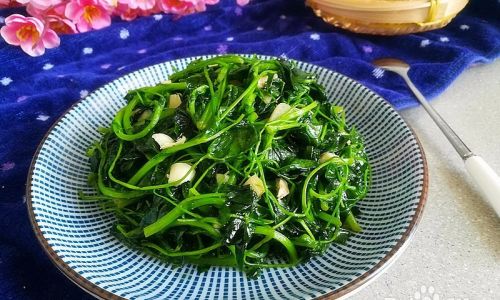
Toss in plump shrimp or scallops during the final minute of cooking for a luxurious touch.
Pairing Suggestions and Serving Ideas
Cao Tou’s versatility shines in various meals:
- As a Side Dish: Pair with steamed rice, grilled meats, or crispy duck.
- In Noodle Bowls: Toss with chilled soba noodles, shredded carrots, and a sesame-soy dressing.
- In Soups: Add a handful to miso soup or egg drop soup during the final simmer.
Nutritional Benefits and Dietary Adaptations
Cao Tou is naturally gluten-free, low in calories, and rich in antioxidants. For dietary adjustments:
- Low-Sodium Option: Use reduced-sodium soy sauce or coconut aminos.
- Keto-Friendly: Skip the sugar and use a sugar substitute if desired.
Conclusion: Elevating Everyday Meals
Stir-frying Cao Tou is a testament to the magic of simplicity. With attention to heat, timing, and seasoning, this unassuming vegetable transforms into a dish that tantalizes the senses. Whether you’re a seasoned home cook or a novice in the kitchen, mastering Cao Tou opens doors to endless culinary creativity. Experiment with flavors, embrace the rhythm of the wok, and savor the satisfaction of turning humble ingredients into a meal that delights.
As you embark on your Cao Tou journey, remember that practice breeds perfection. Adjust seasonings to your palate, and don’t shy away from unconventional pairings. After all, the most memorable dishes are born from curiosity and a dash of culinary courage. Bon appétit!
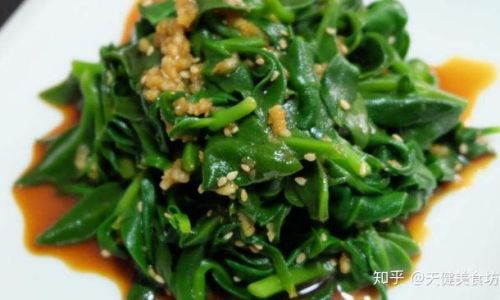

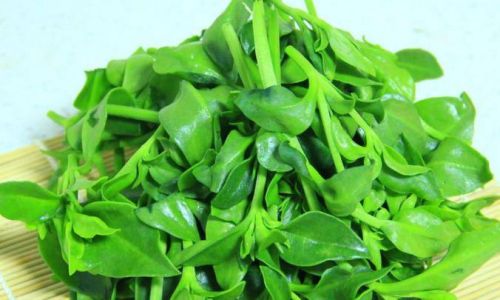
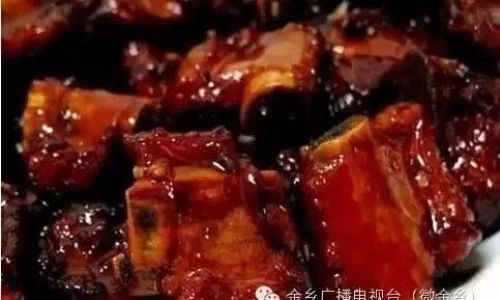
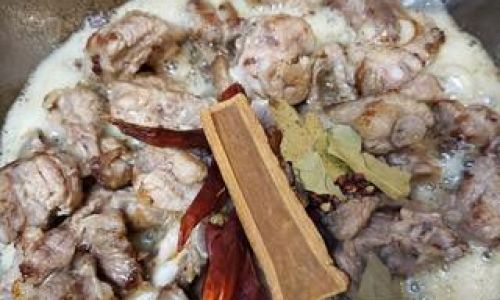
0 comments